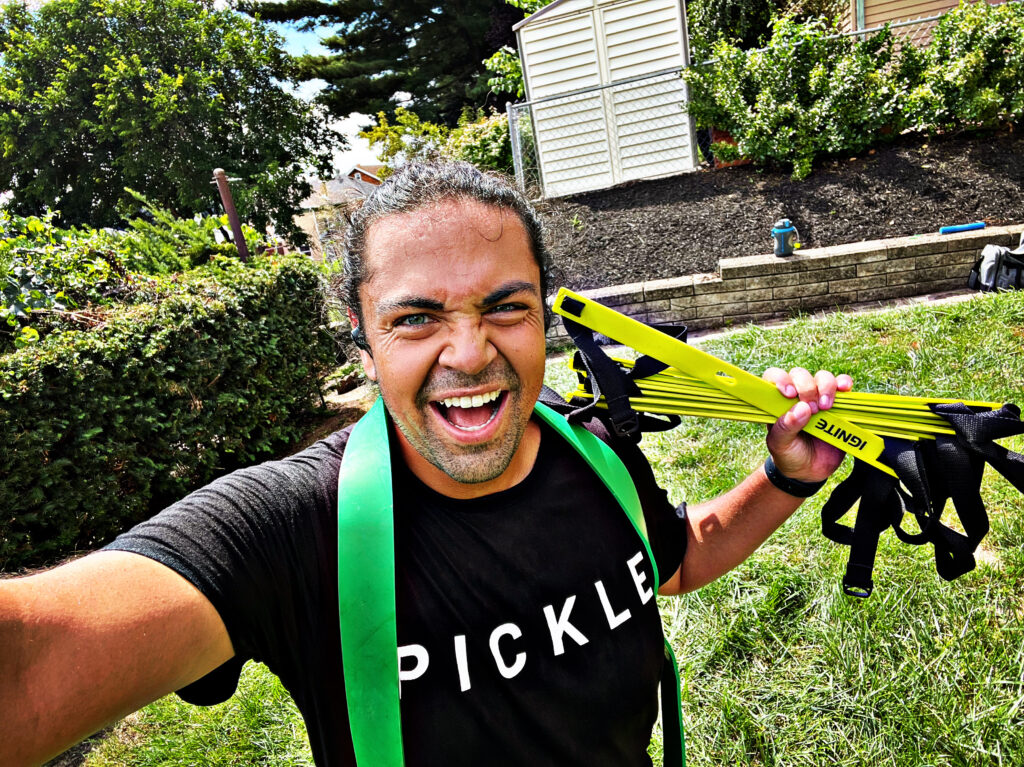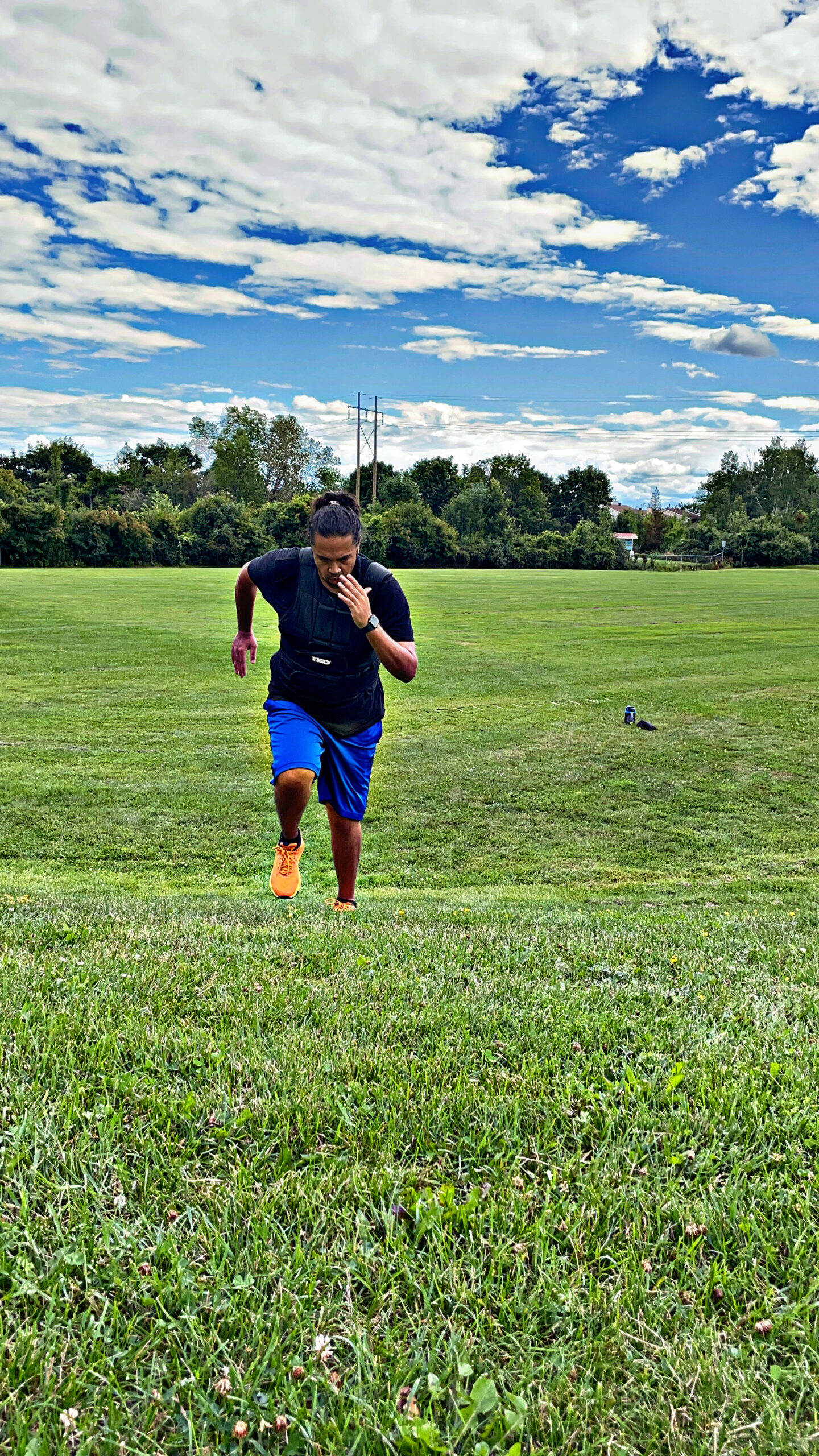Tourney Day? The first W you need is the Warmup:
Looking back on my sports history, two of the most significant gaps pre-Achilles rupture were:
1. Warming up before beginning to play/compete
2. Cooling down after the game/event had wrapped
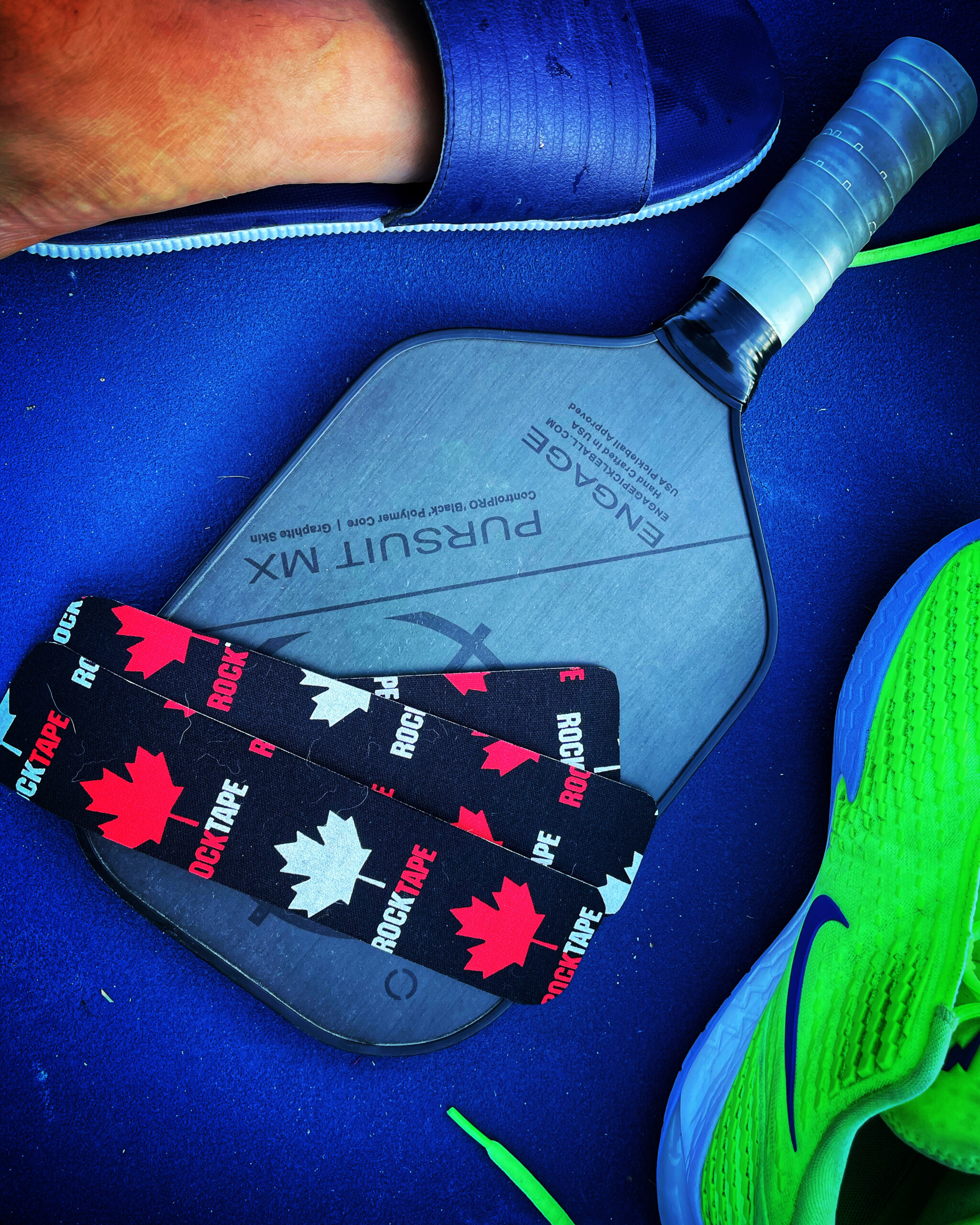
During my recovery, these two gaps stood out in sharp relief because, now, the reality of how critical both commitments are had become less about a vague best practice espoused by most coaches and athletes operating at a very different level to myself — but a health demand backed by a need to prevent and avoid reinjury as a player now at significantly higher risk.
In many cases, and particularly, I’ve found, in recreational racquet sports, the warmup (which is what we’ll focus on in this article) is reduced to a light version of playing the sport — rallying, throwing, passing the ball back and forth, while moving a margin more slowly than one would in an actual gameplay environment. Eventually, players feel warm enough for the game to begin, and you start, with the first round often being “slower” while warmup builds to more of a light sweat and your muscles and joints are shocked into motion.
Now, while light gameplay does have a role in the warmup process, particularly in a competitive tournament environment, by making light gameplay the entire warmup we skip early steps in preparing our body for movement, and movement at pace, which can lead to increased risk of injury or reinjury.
For myself, this understanding and education came about as a matter of forward planning with my physiotherapist through injury recovery. While I’ll of course disclose that I’m certainly not a physiotherapist or accredited coach/trainer myself, this is the approach that has worked well for me in planning a robust and dynamic warmup built on the advice of my physiotherapist and which has, so far, helped me avoid reinjury.
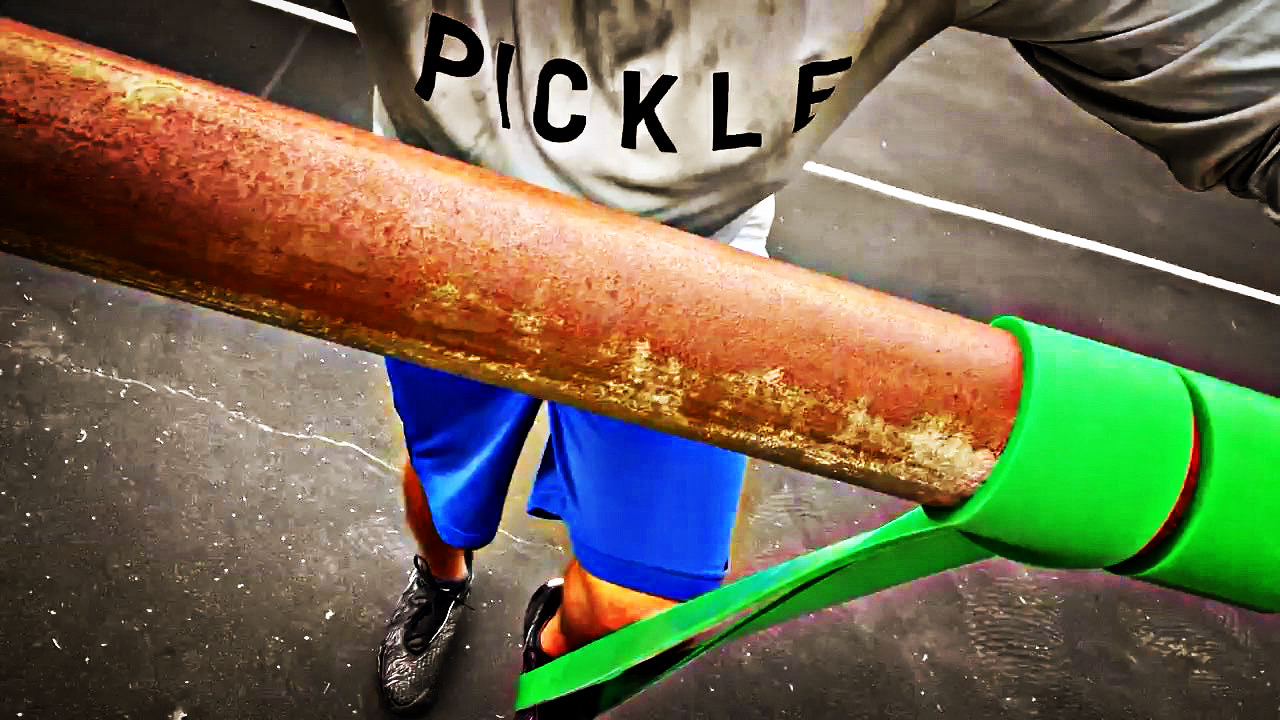
3 questions to focus on when building your warmup:
1. What primary movements are included in executing in-game movements?
2. What past injuries am I trying to protect and/or what common in-game injuries am I looking to avoid?
3. How much time can I commit to the warmup without exhausting myself pre-game?
#1: What primary movements are included in executing in-game movement?
Think about the typical range of motion and movement types needed in each regular scenario (and maybe some less regular scenarios) in your given sport.
· Hard sprints? How far forward?
· Quick pivots?
· Lateral movement?
· Covering movement?
· Are you hopping, or jumping for height?
· Crouching low?
· Do you need to stabilize on a slide?
· How are you activating your core — compressing forward? Rotational movement?
· Where does movement through the shoulders come into play?
· What do you need to track in the game, will it impact head/neck movement?
Any of these (and many other) movement types tie themselves to joints and muscle groups which can be a focus of your warmup.
In my case, growing up through racquet sports and now being hyper-focused on pickleball, warm ups that specifically prepares my legs to sprint short distances, stop and change directions quickly, pivot, twist and unwind through my core, with fast rotational motion through the shoulders, and forearms that need to stabilize + extend + flex + pronate through the wrist on volleys and return.
All of these can be areas of focus in warmup.
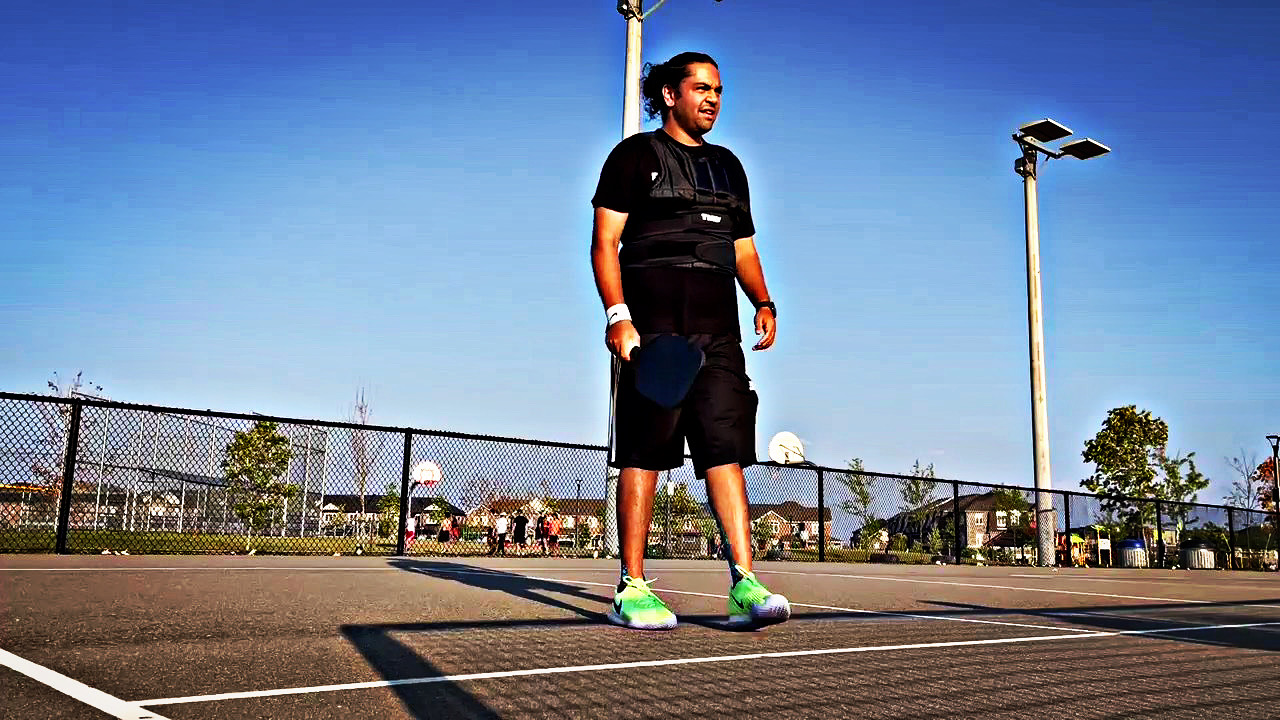
#2: What past injuries am I trying to protect and/or what common in-game injuries am I looking to avoid?
In my case, the answer to this question is simple:
· Prevent re-rupture of my Achilles on the right side
· Avoid rupture of my Achilles on the left side
Additional injury considerations are:
· Damage to the ligaments and tendons through the knee and hip with fast accelerations, short stops, and quick direction changes
· Damage to ligaments and tendons in the wrist, particularly as a player relying almost exclusively on a one-handed return
· Damage to the rotator cuff through volleys and overheads
Some of these are pieces that can be worked out through light gameplay (e.g. shoulder movement). But many are worth investing dedicated warmup time to, pre-game, in order to move effectively protect your body.
#3: How much time can I commit to the warmup without exhausting myself pre-game?
This one is pretty subjective to the player and the environment, and what sets you up for best performance success. Hitting exhaustion is also not just about the amount of energy put in during the warmup, it’s also about how getting your warmup in changes the logistics of competition day on the frontend.
· How much earlier do you need to arrive at the courts/pitch/field?
· When will you need to refuel (and have you prepped those resources)?
· How much space will you have between warmup and first match (and will you cool down during that time)?
· How much earlier do you need to wrap the night before so you hit 8-hours of sleep?
All of these elements factor into how you build out your warmup.
For myself, I tend to arrive at the tourney location approximately 1.5-2-hours before first match to allow for:
· 15-minutes at registration
· 15-minutes non-gameplay warmup
· 30-minutes light gameplay
· 30-minutes exhibition match
The warmup gets you to an interesting place mentally. Often, once we’re on site, we’re eager for the whistle to blow or the score to be called so the game can begin — and committing to a complete warmup can build a sense of impatience. For myself, I tend to reframe this as anticipation: indulging in the warmup and taking the opportunity to enjoy the sensation of my machine getting in gear and revving up to perform as optimally as possible once that we hit that first serve. Connecting that mental game component is the last piece of the puzzle. It takes the necessary movement that sets you up for physical success and leverages it as a part of the foundation to get you into the headspace to meet your opponents… and get that next W.
My non-gameplay warmup:
· March, balls of feet — 30-seconds · March, heel — 30-seconds · March, outside of foot — 30-seconds · March, inside of foot — 30-seconds · Hip flexor activation, 2-step — x10 reps, x2 sets · Hip-flexor activation, rotation — x10 reps, x2 sets
· Light sprints (forward) — 1-minute
· Light sprints (backward) — 1-minute
· Light sprints (forward, stop, accelerate backward) — 1-minute
· Figure-8 run (forward) — 1-minute
· Figure-8 run (backward) — 1-minute
· Figure-8 run (forward to backward transition) — 1-minute
· Side shuffle — 1-minute
· Jump squat — 1-minute · Hip flexion/extension — x10 reps/leg, x2 sets/leg
· Hard sprints (forward, stop, accelerate backward) — 1-minute
More articles from Mo here
